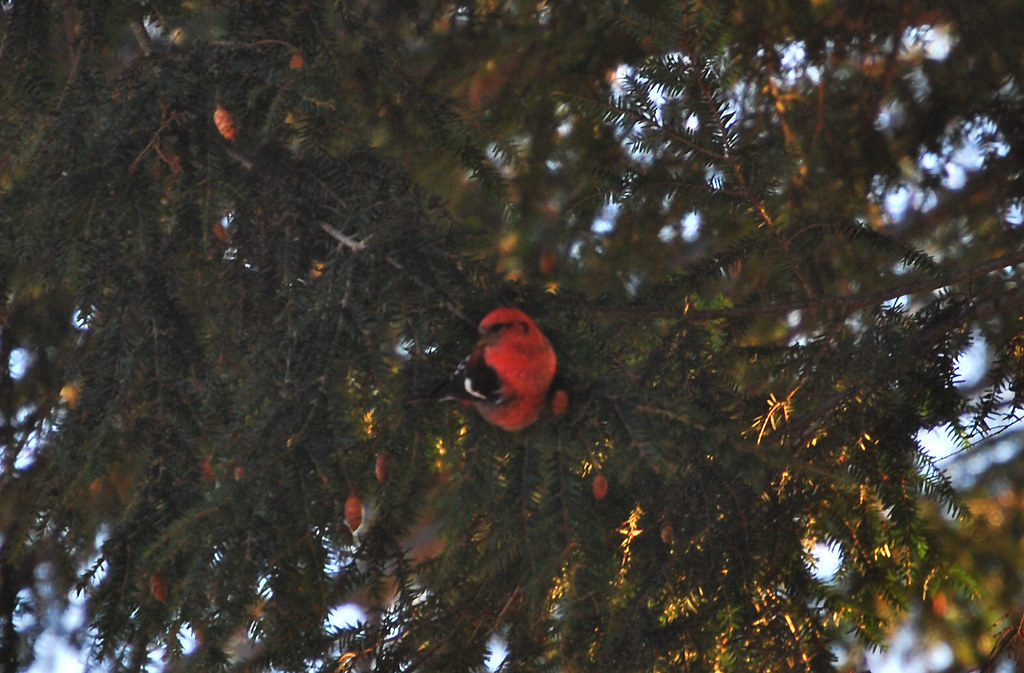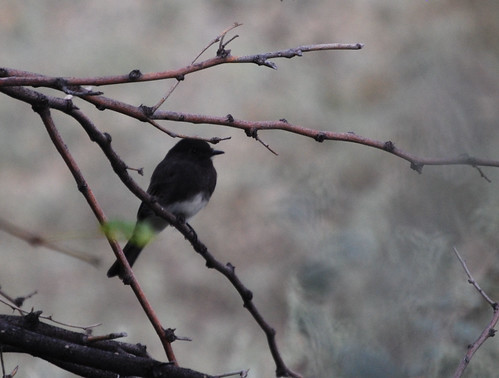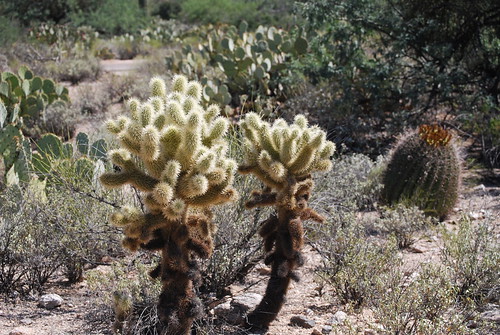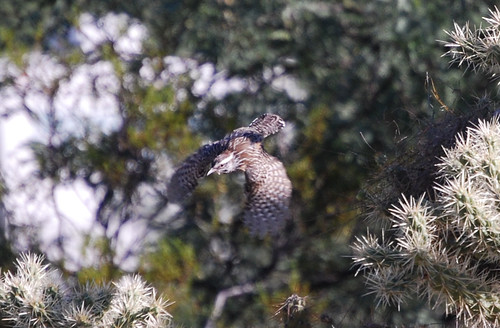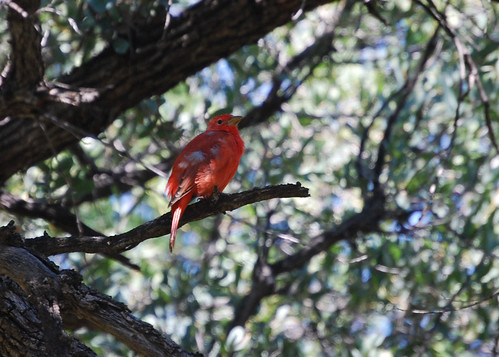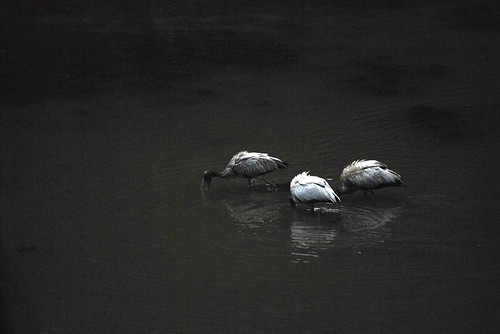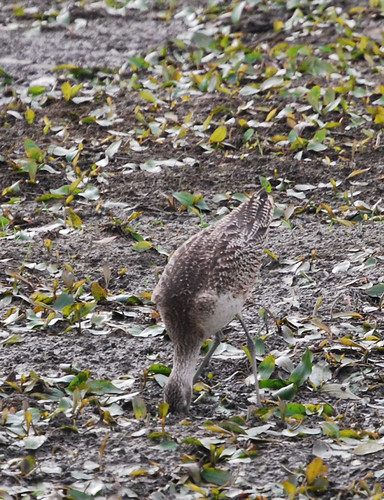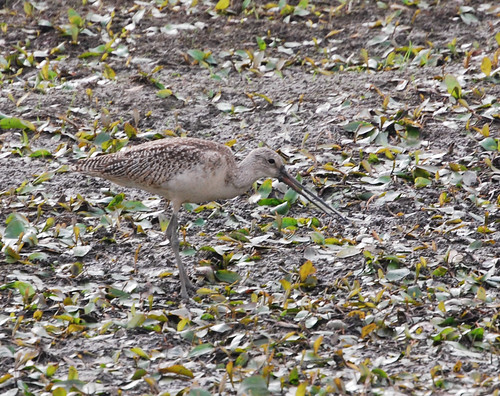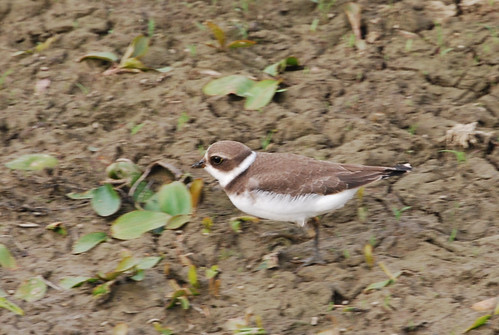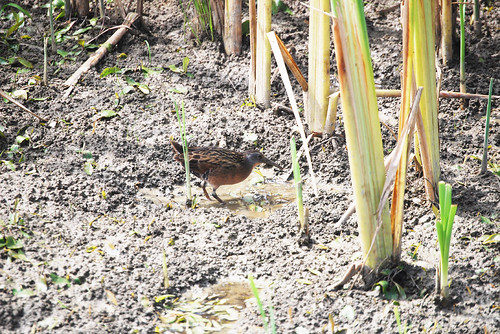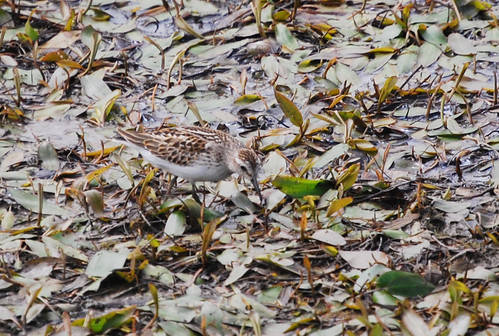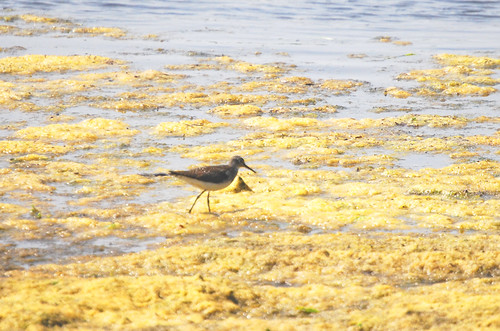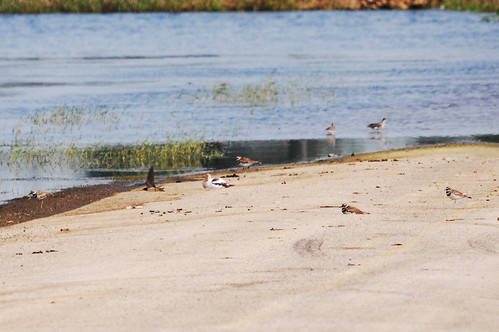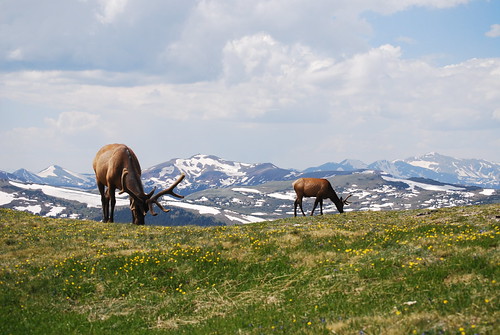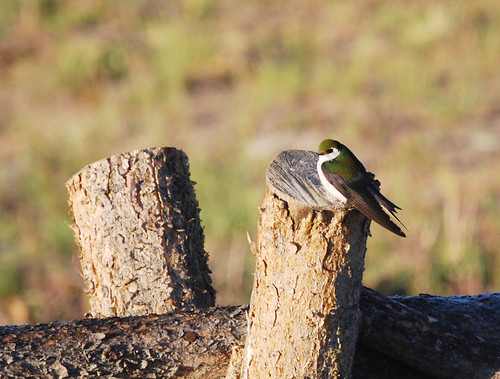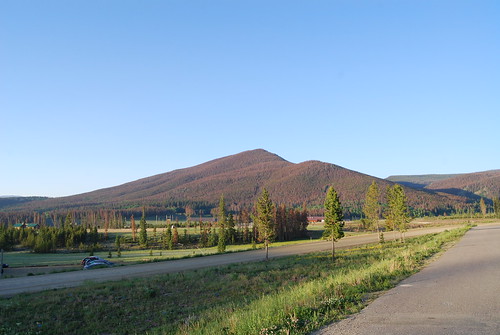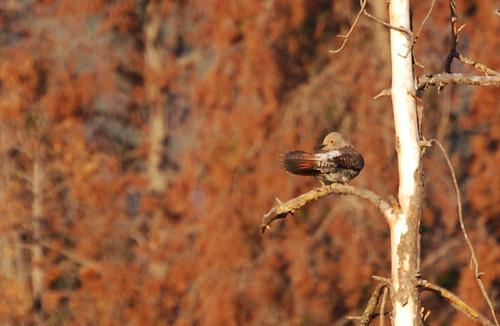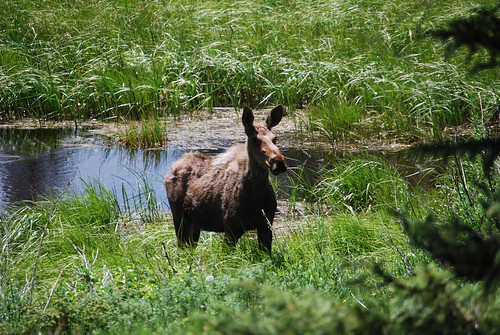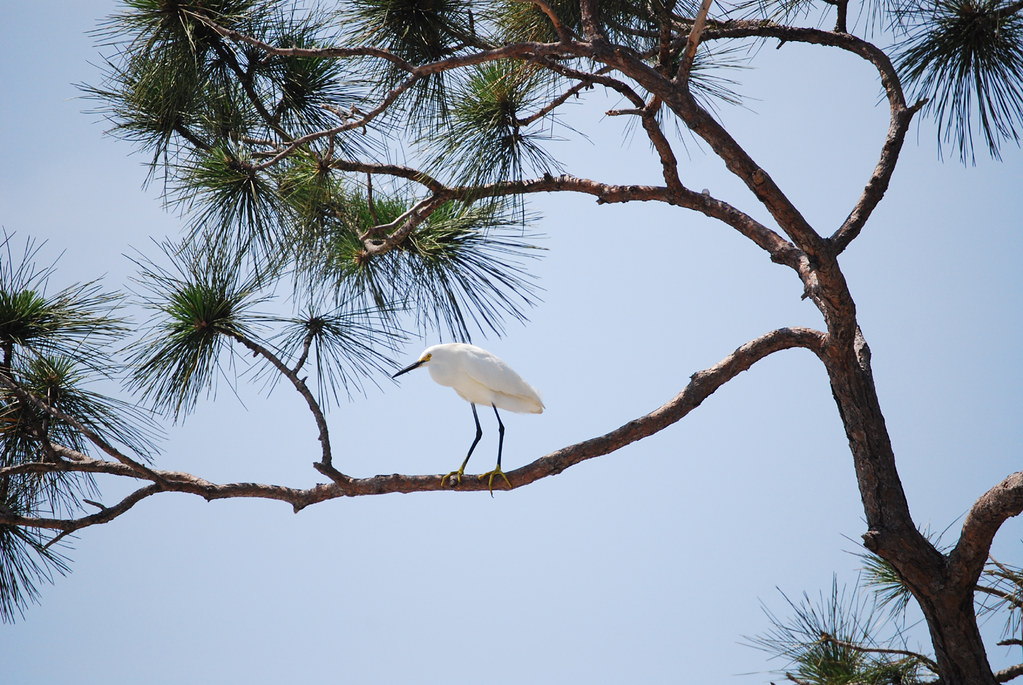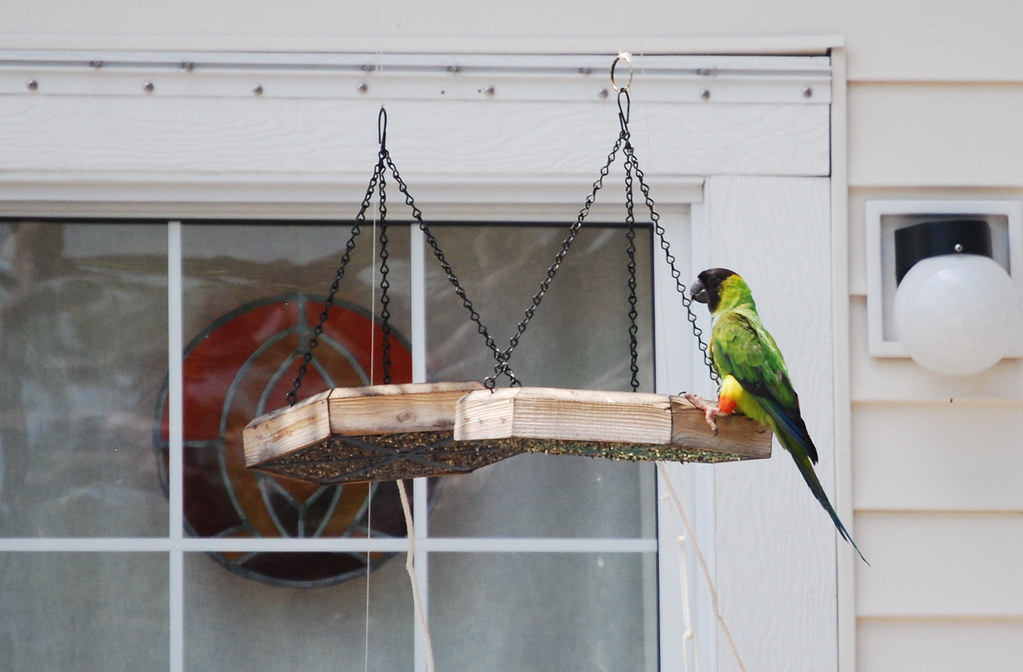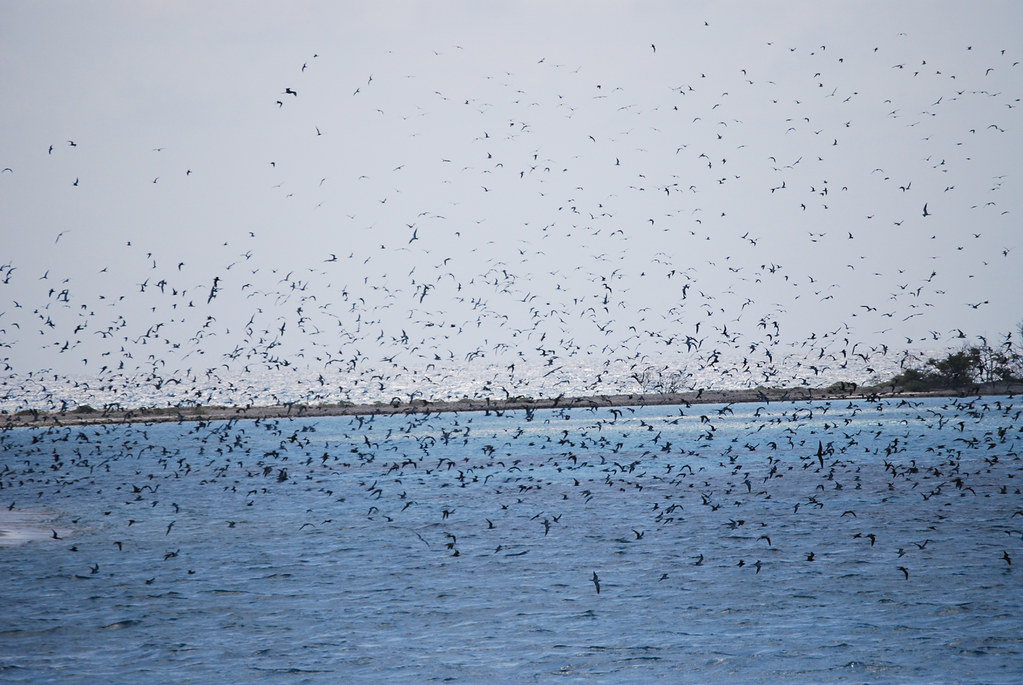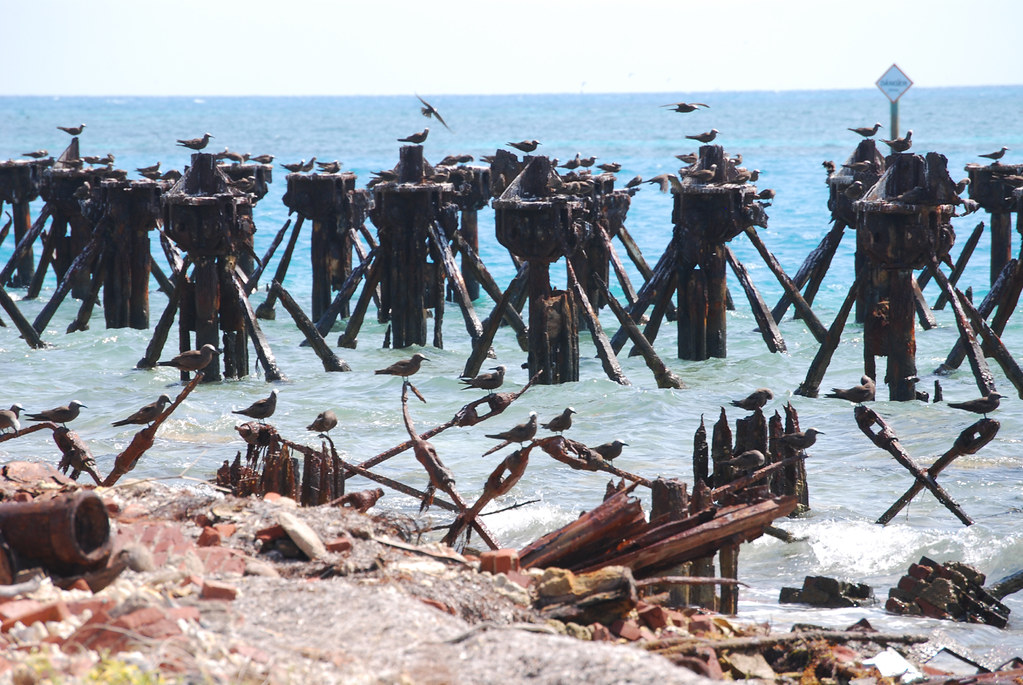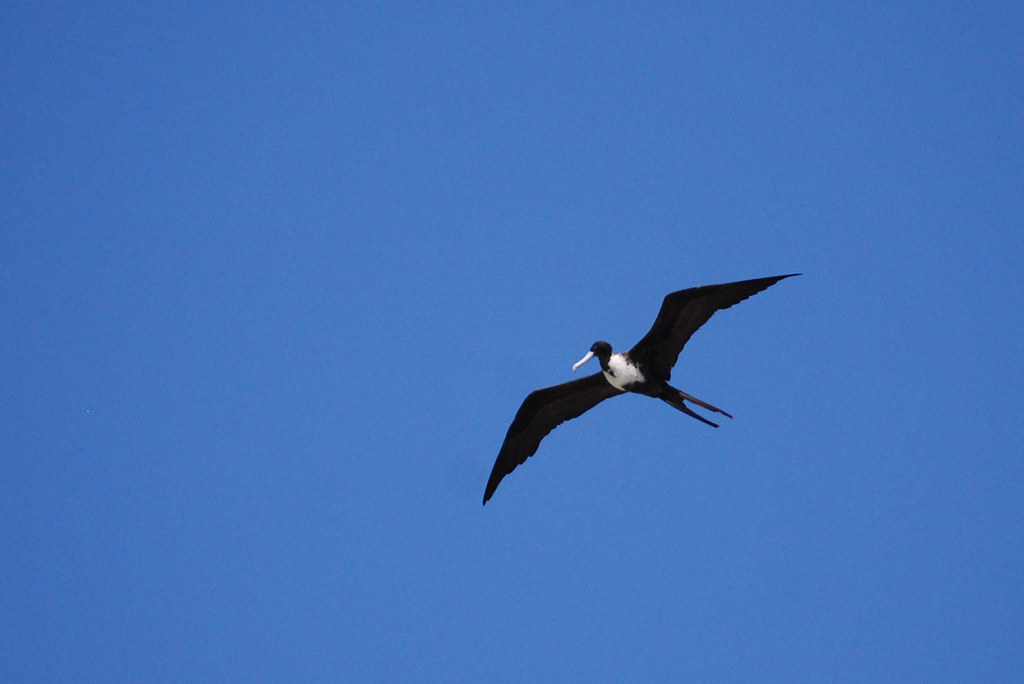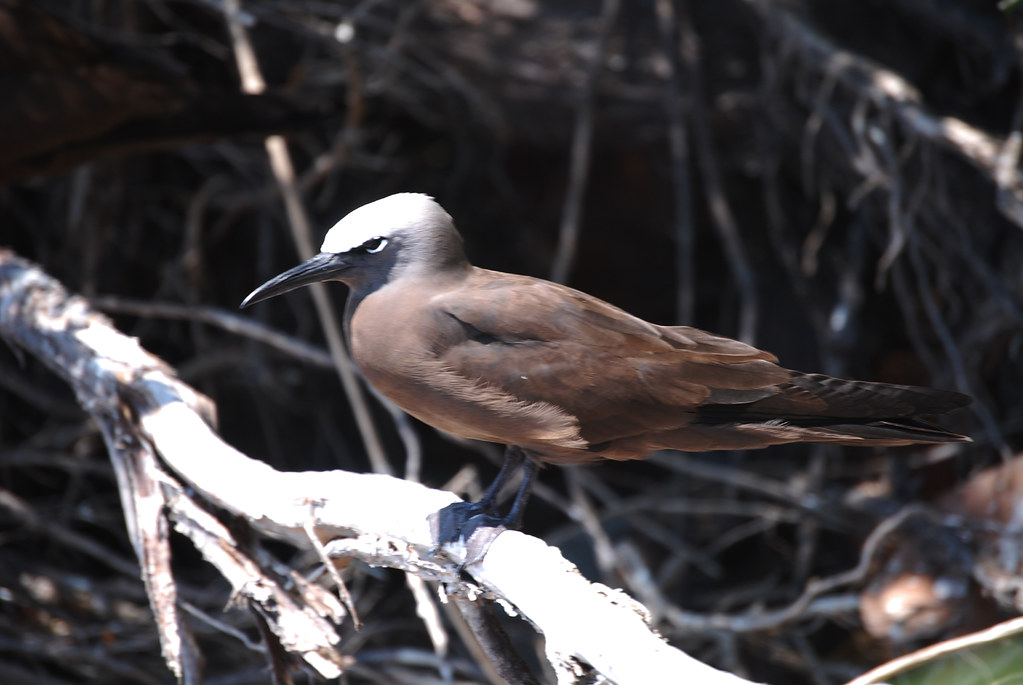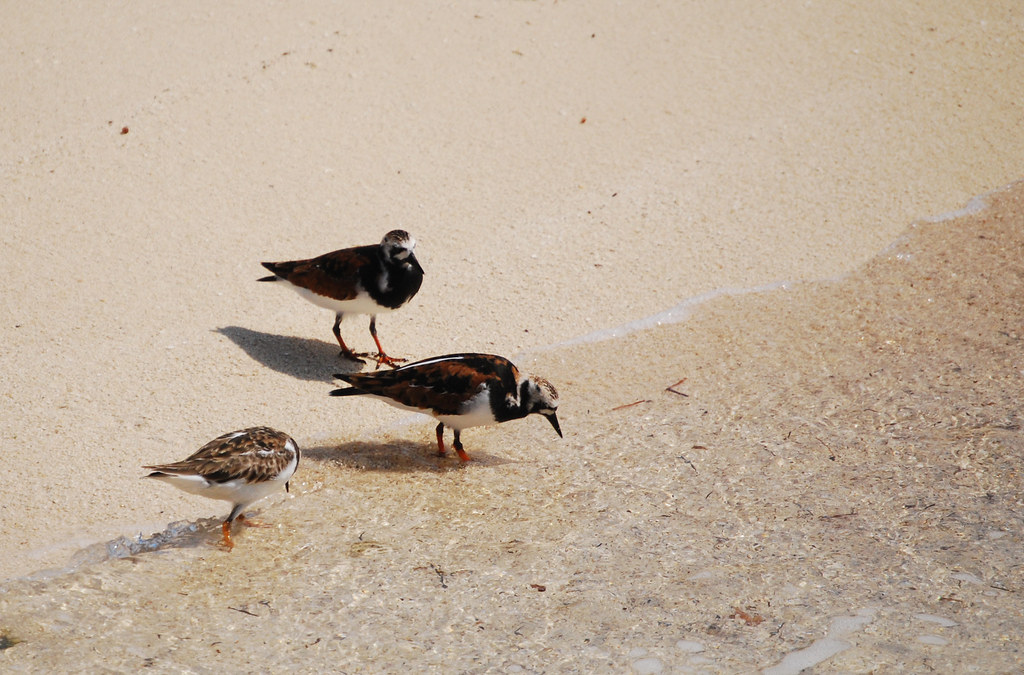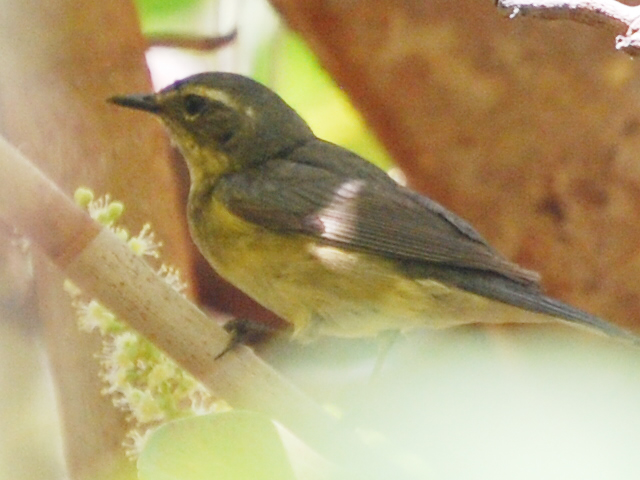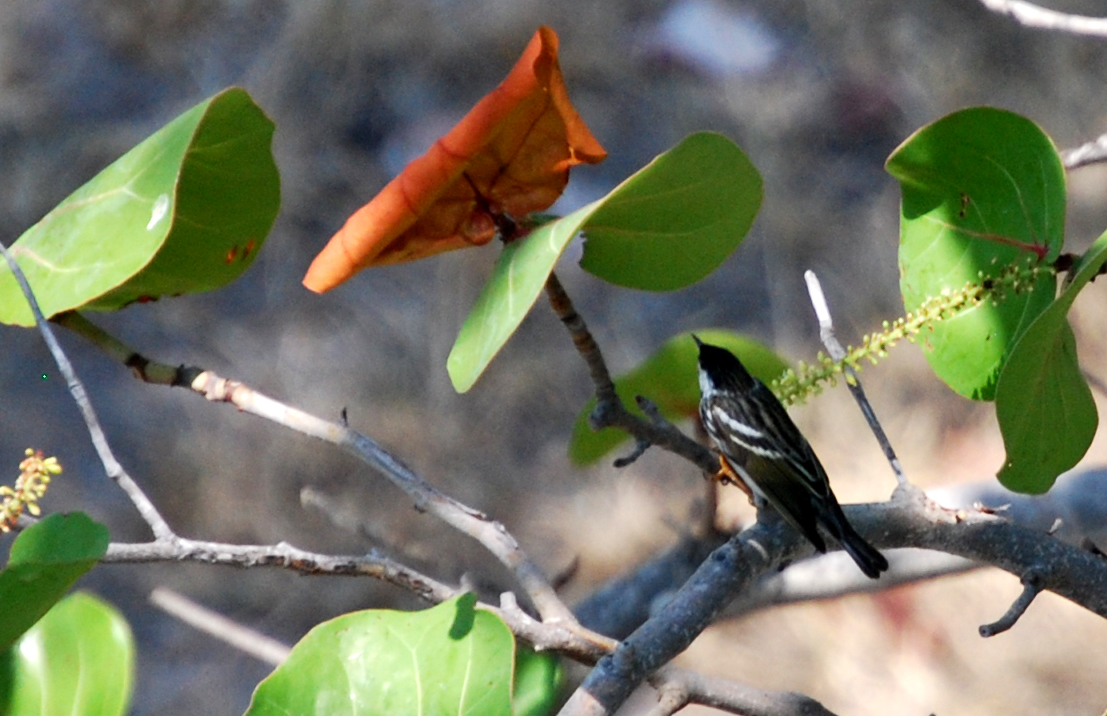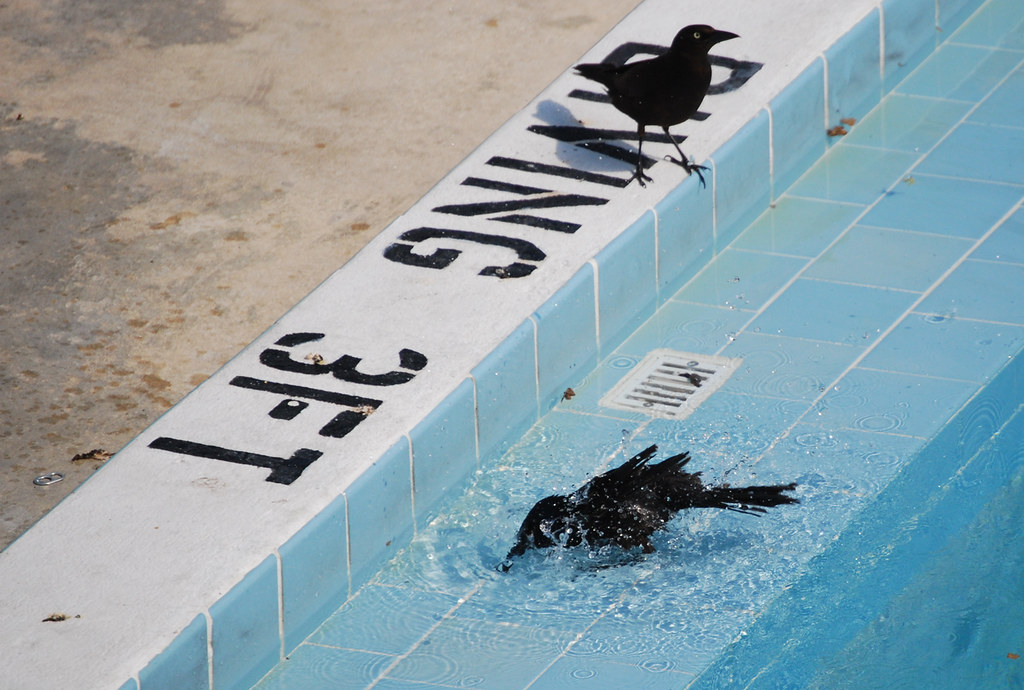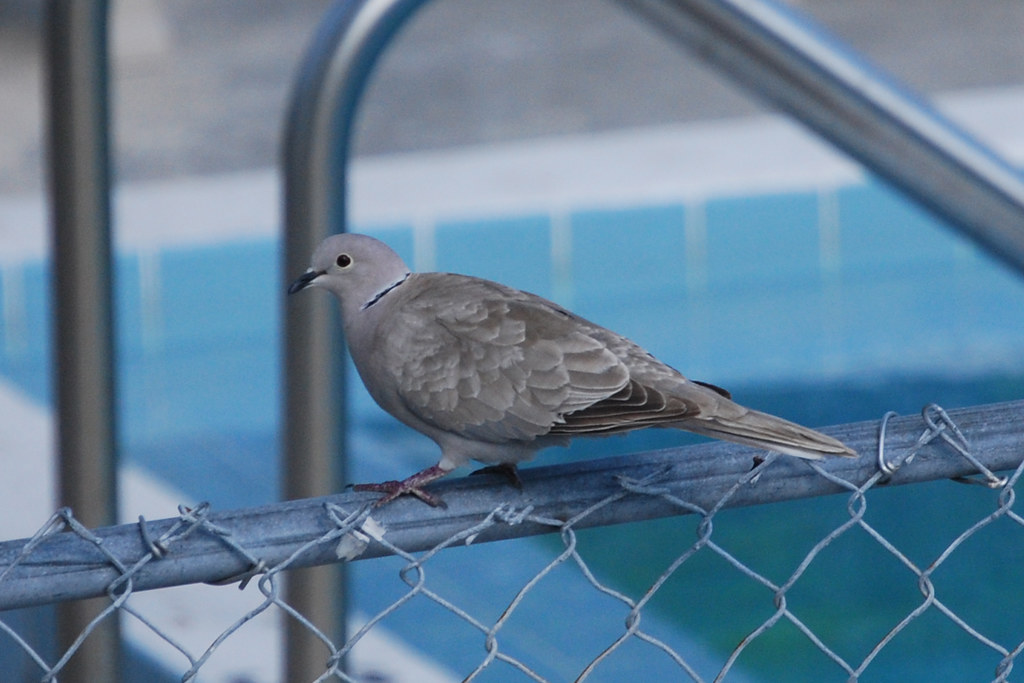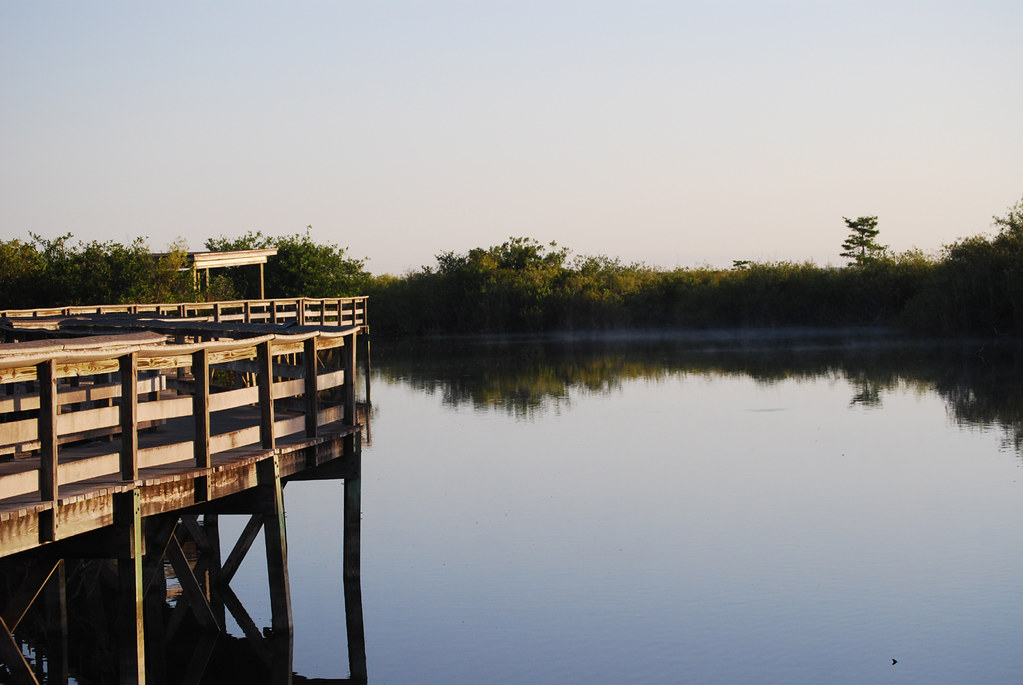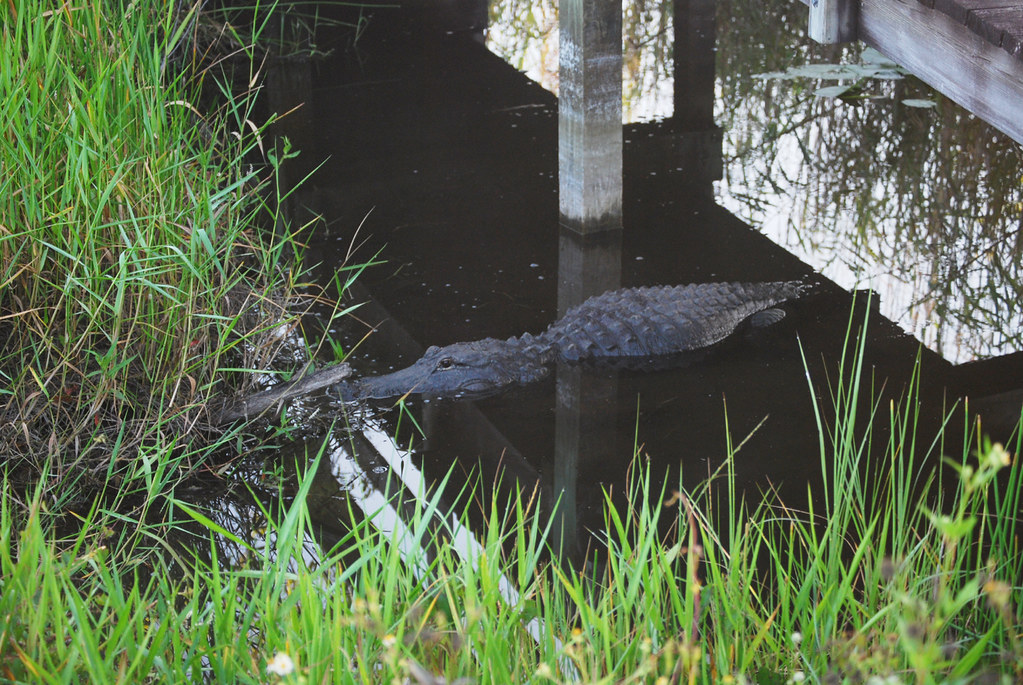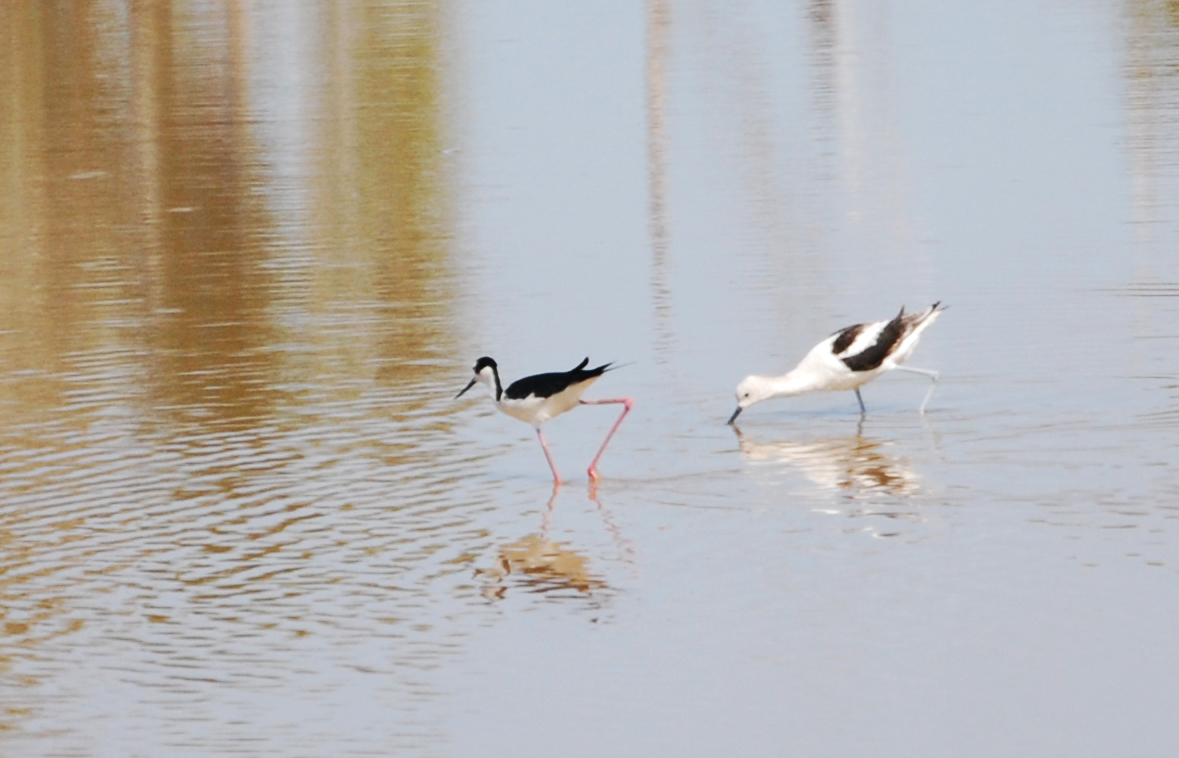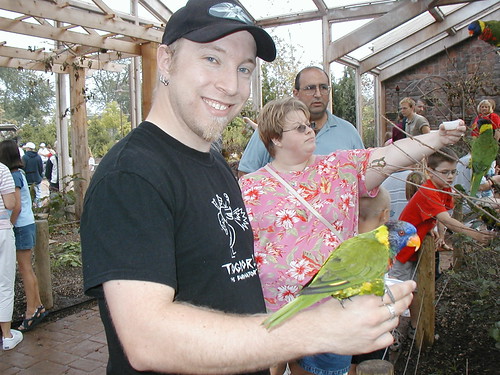I posted back in February, after seeing the Hoary Redpoll, that I had 14 species left before hitting 300 in Ohio, and speculated what those species most likely would be. Here's the original list:
- Least Flycatcher
- Marsh Wren
- Cattle Egret
- Franklin's Gull
- Eurasian Collared Dove
- Golden Eagle
- Little Gull
- Connecticut Warbler
- Clay Colored Sparrow
- Least Bittern
- Chuck-wills-widow
- Marbled Godwit
- Golden-winged Warbler
- Pomarine Jaegar
- Golden Eagle, March 16
- Red-necked Grebe, March 22
- Least Flycatcher, May 6
- Chuck-will's-widow, June 7
- Black Rail, June 9
- Common Raven, July 12
- Upland Sandpiper, July 12
- Western Meadowlark, July 19
- Clay-colored Sparrow, July 19
- Marsh Wren, July 19
- Marbled Godwit, August 25
- Wood Stork, August 27
- Franklin's Gull, October 18
- White-winged Crossbill, December 13
I also added a ton of birds to my life list - 135 ABA area birds and 137 in total (two exotic birds are state countable but were not on the ABA list when I saw them). My year list for the ABA region was the best ever - 412. My Ohio list was not as good as last year, since I never made it up to the Lake Erie marshes for spring migration, but still a respectable 255 (I also had 155 species in Florida and 131 in Arizona!).
My big challenge for next year is to balance fatherhood with birding. I suspect I won't hit 255 birds in Ohio next year, but having hit the magic number of 300, I don't feel I have to get out all the time either. I think my theme for this next year is to just see what I can see, birding serendipitously as I am out and about with a new baby. I will probably have some good opportunities to sneak off now and then when we take the baby on family visits, so we'll see what happens!
